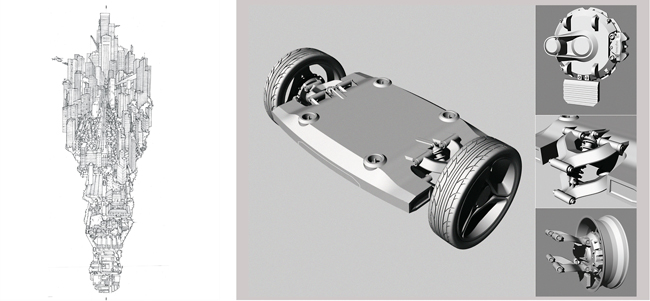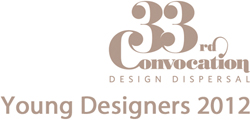
|

|
|
Mahaan Ghose | mahaanghose@gmail.com
|
Accesscity
|
Guide Praveen Nahar
Sponsor Jamsetji Tata Universal Design Chair, Research & Publications, NID
|
|
| |
 |
Keywords APT vehicle;DPA (Direct Platform Access);Indian megacities;Maglev technology
This project focused on urban transport in Indian megacities and was divided into two parts. The first part—‘Insights on Indian Urban Transport’. This comprised a collection of experiences, observations, information, data, conservations, analysis, synthesis, and the twelve key insights gained in the end. A tangible output was envisaged here—a book that could be used as a teaching-cum-design tool for urban transport projects.
In the second part—‘The Future of the Future’, six design directions were developed, and concepts were generated around them. These concepts and ideas finally morphed into a network-based product-service system called APT, which stands for Advanced Public/Para/Personal Transport. APT is an on-demand / pay-per-trip / public amenity service, which is a network of self-driving vehicles.
An APT vehicle will facilitate short-distance trips independently on regular streets. It will also have access to a 400 kmph Maglev track network for larger distances, for connecting important parts of a city. If a city has a satisfactory public transport, and does not want to invest in a new Maglev track, the APT system could work in-sync with the existing public transport as a feeder service, where it transports people from origin-to-terminal, and terminal-to-destination, with DPA (Direct Platform Access), where a user embarks/disembarks right next to the specified bus/train/metro. APT vehicles will comprise six-seaters, and two-seaters, both compatible to the Maglev tracks. In this project, the two-seater model was developed in detail.
A four-party commercial ecosystem was also developed where: a) multiple manufacturers provide compatible vehicles b) a second vendor provides the Maglev technology c) a third vendor provides the self-driving technology d) a city-based service provider builds necessary infrastructure, integrates all the systems, and handles day-to-day operations. |
|
|




